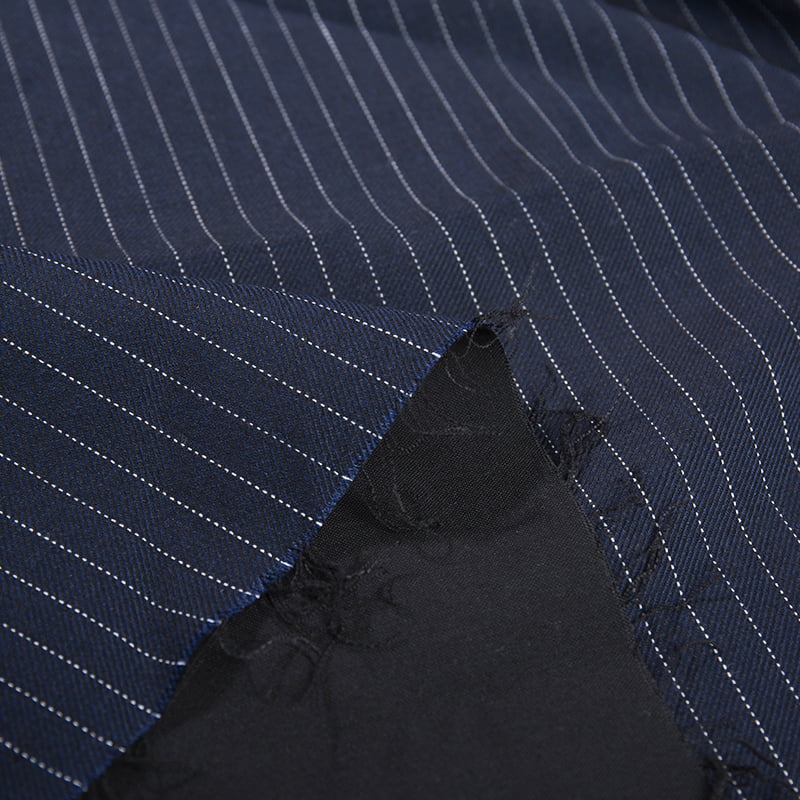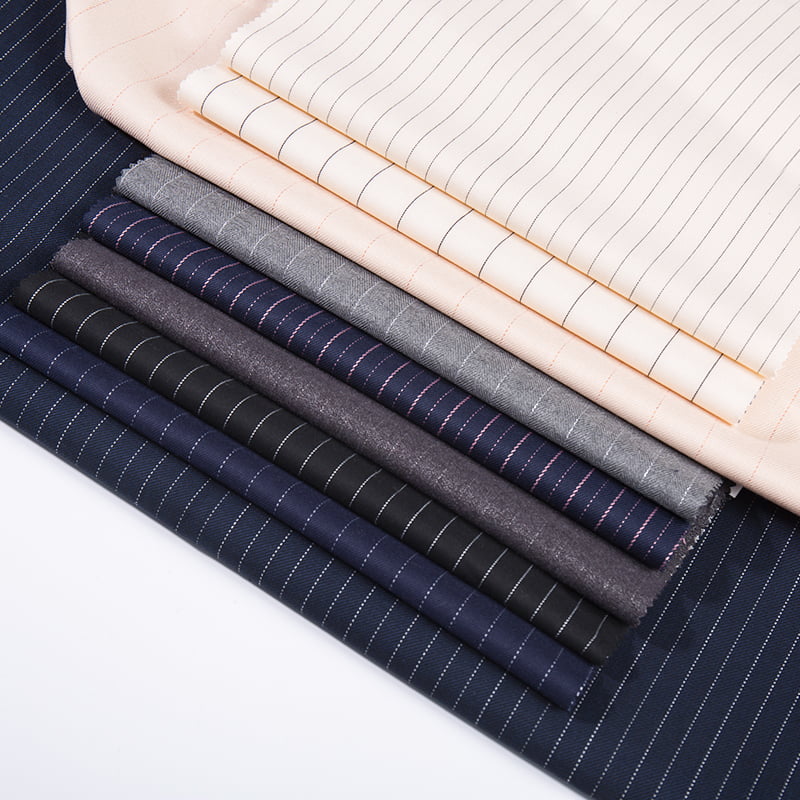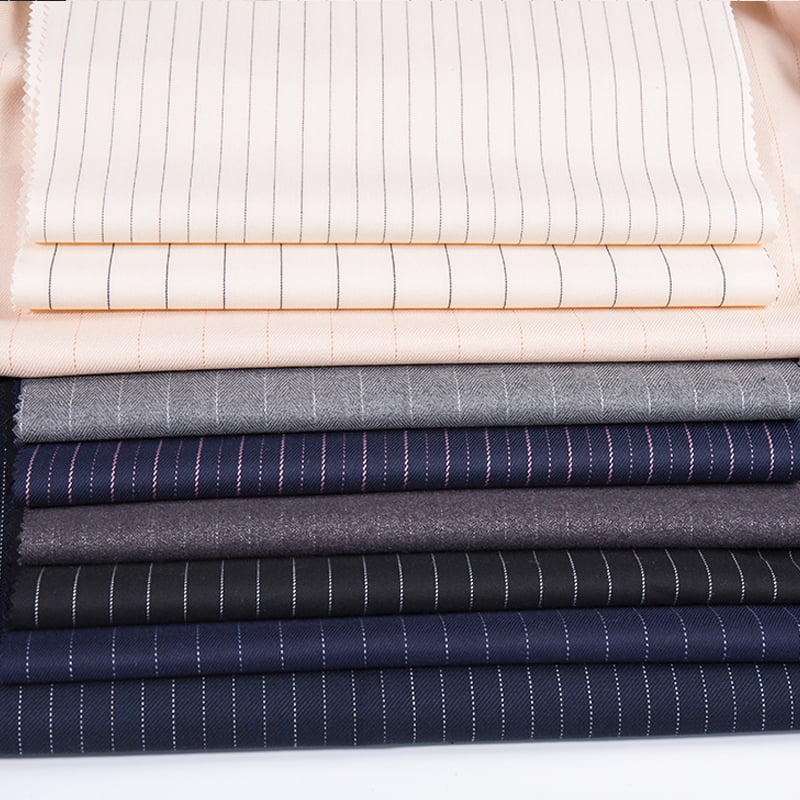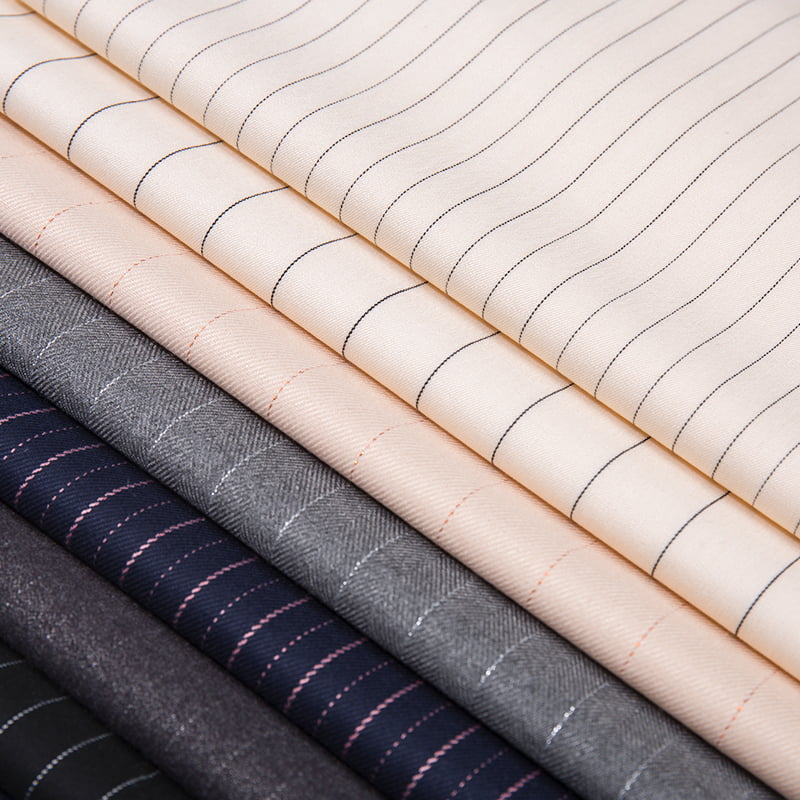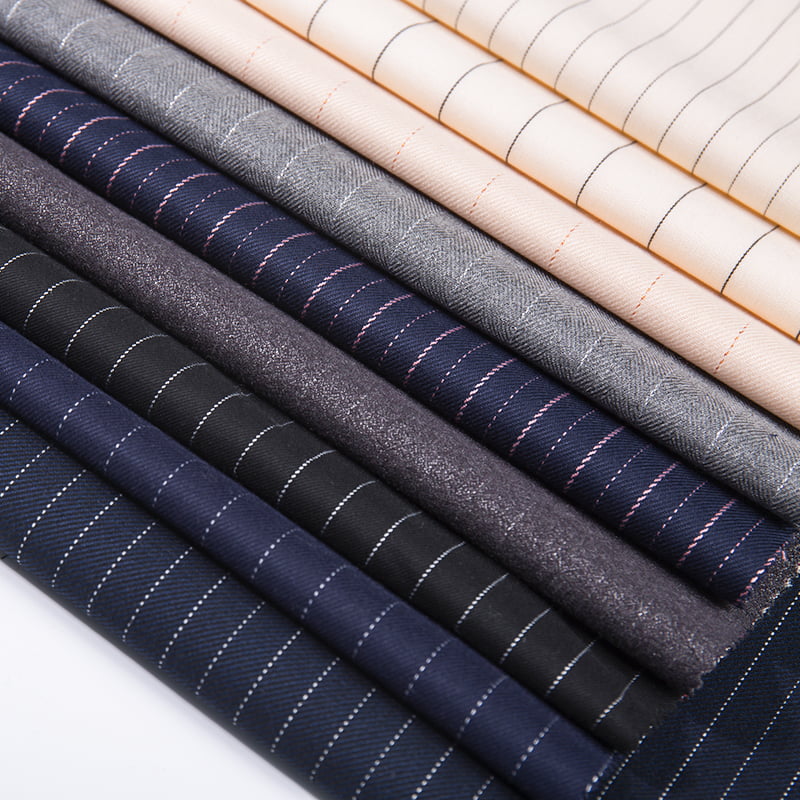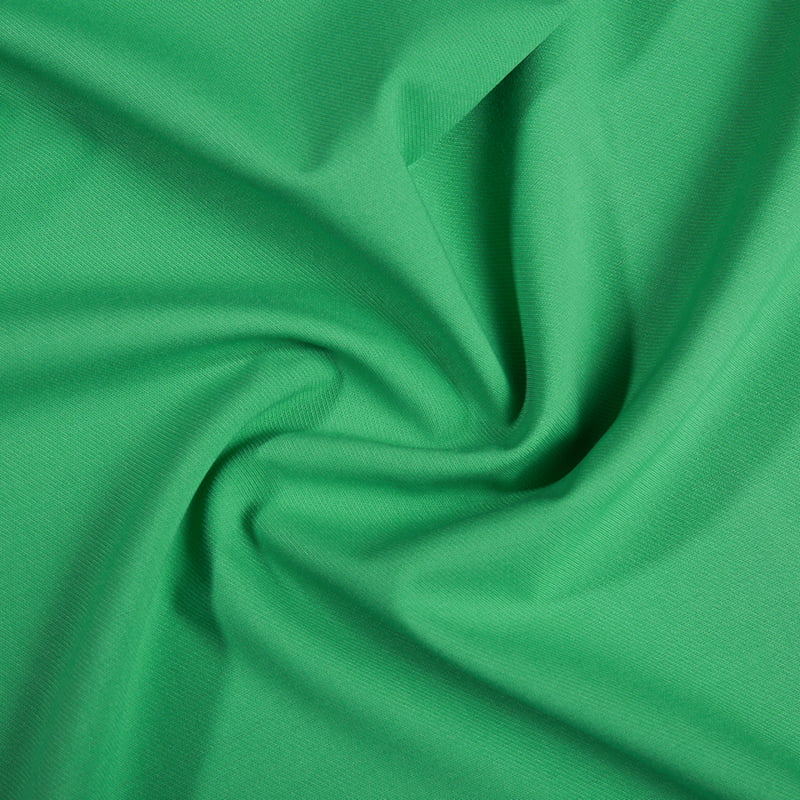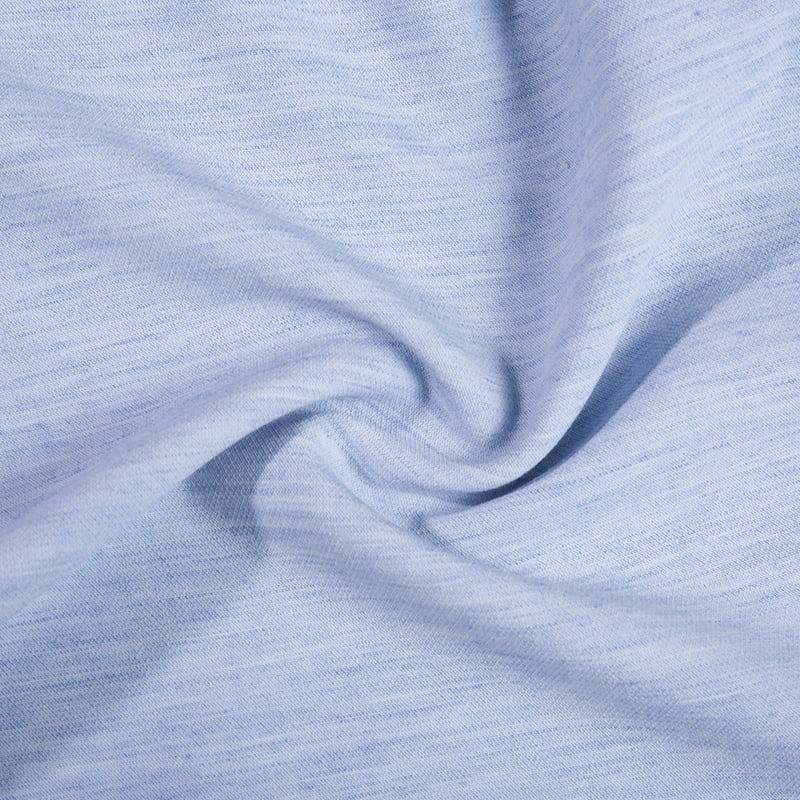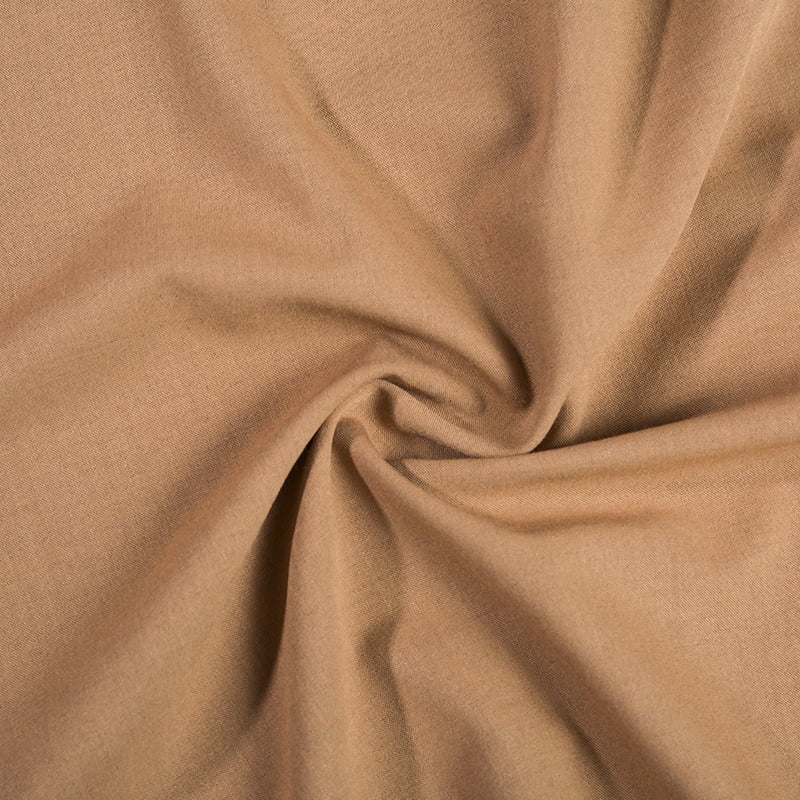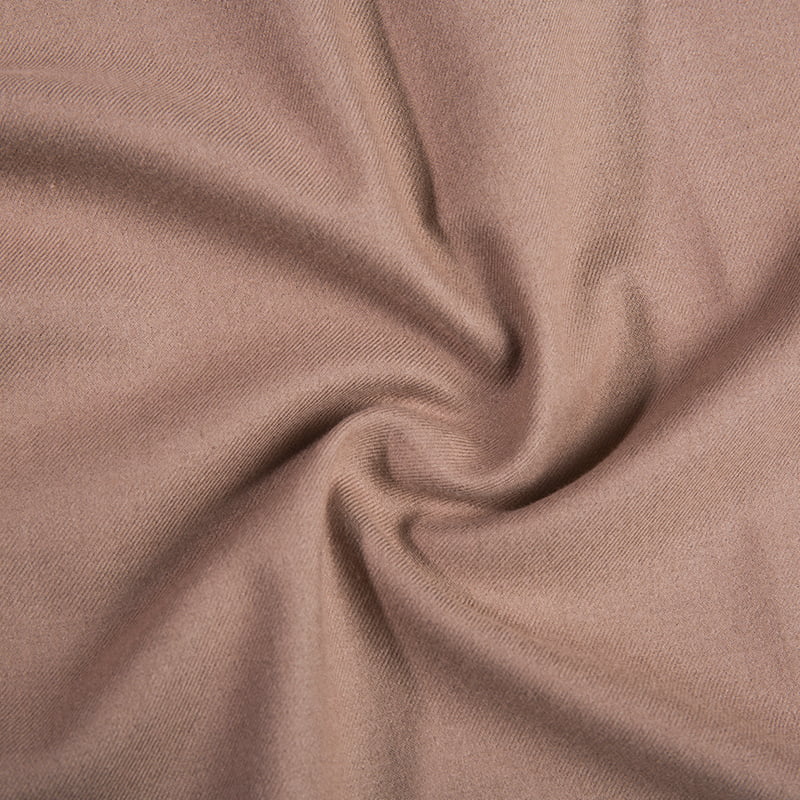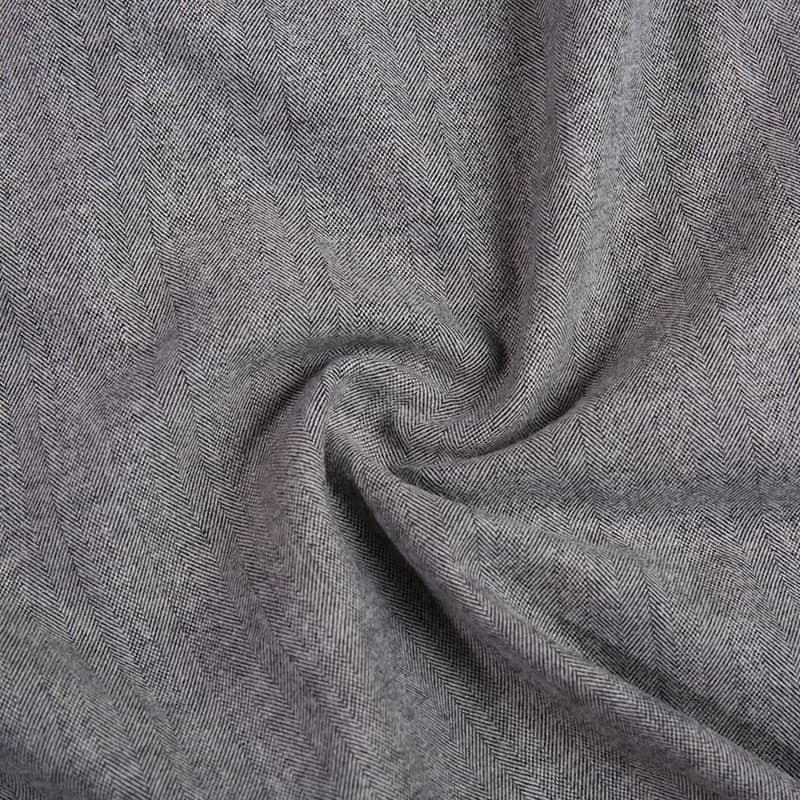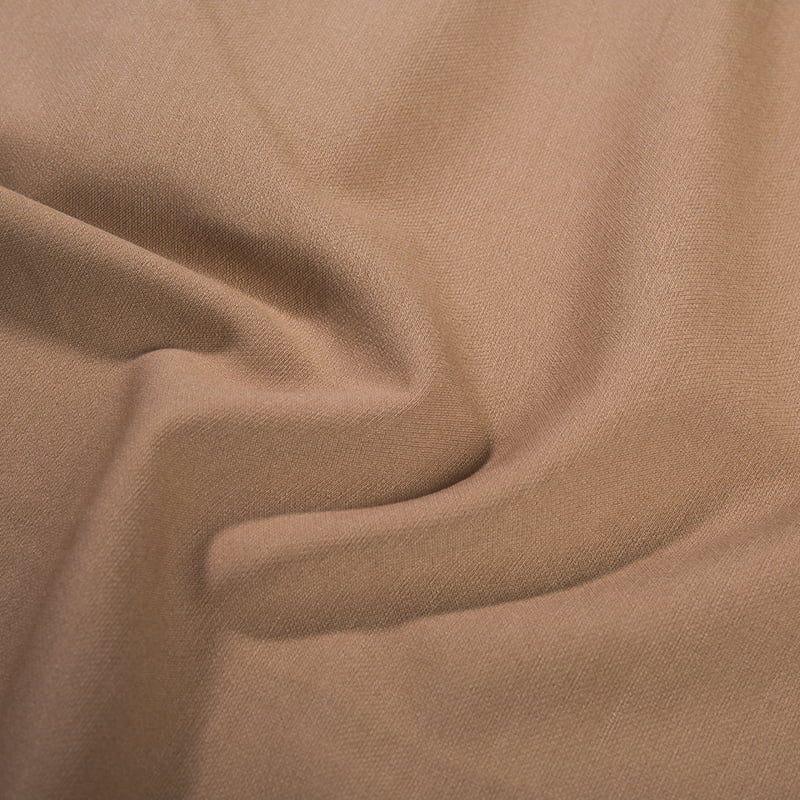What is the specific impact of the two-phase structure on the anti-wrinkle performance of Tr fabric?
Tr fabric (polyester-viscose blended fabric) has received extensive attention and application for its unique properties, especially its wrinkle resistance. Among them, the two-phase structure of polyester fiber, the amorphous region and the crystalline region, plays a vital role in the wrinkle resistance of the fabric.
The amorphous region of polyester fiber is a region where the molecular chains are loosely arranged and the intermolecular forces are small. When the fabric is subjected to external force, the molecular chains in these regions can relatively easily undergo segmental activities and produce certain deformations. This deformation alleviates the impact of external force on the fabric to a certain extent, and also helps the fabric to return to its original state after the external force disappears.
On the other hand, the crystalline region of polyester fiber is a stable structure formed by strong connection points between basic structural units. This structure requires a large force to deform or break the fabric when it is subjected to external force. Therefore, the existence of the crystalline region not only enhances the strength of the fabric, but also improves its wrinkle resistance.
Specifically, the two-phase structure of polyester fiber plays the following roles in the wrinkle resistance of fabrics:
1. Deformation and recovery: When the fabric is subjected to external force, the molecular chains in the amorphous region can undergo segmental activity and produce deformation. Once the external force disappears, the molecular chains in these regions can quickly return to their original state, reducing the wrinkles of the fabric.
2. Enhanced strength: The stable structure of the crystalline region makes the fabric less likely to deform or break when subjected to external force, thereby enhancing the strength of the fabric. This strength ensures that the fabric remains flat and wrinkle-free after multiple uses and washings.
3. Dimensional stability: Due to the stable structure of the crystalline region, the fabric has less dimensional changes when affected by environmental factors such as temperature and humidity. This dimensional stability helps maintain the flatness and wrinkle resistance of the fabric.
Combined with the above content, it can be concluded that the two-phase structure of polyester fiber provides Tr fabrics with excellent wrinkle resistance. The deformation and recovery ability of the amorphous region and the enhanced strength and dimensional stability of the crystalline region work together to enable Tr fabrics to exhibit superior wrinkle resistance in a variety of application scenarios. This performance not only improves the appearance of clothing, but also extends the service life of clothing, and is widely welcomed by consumers.


 English
English 中文简体
中文简体 日本語
日本語 한국어
한국어 Español
Español русский
русский


